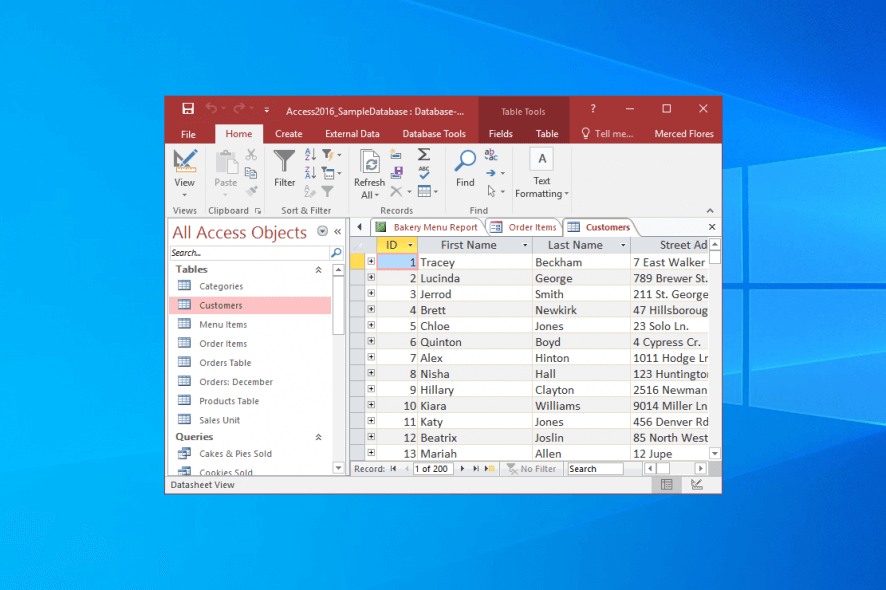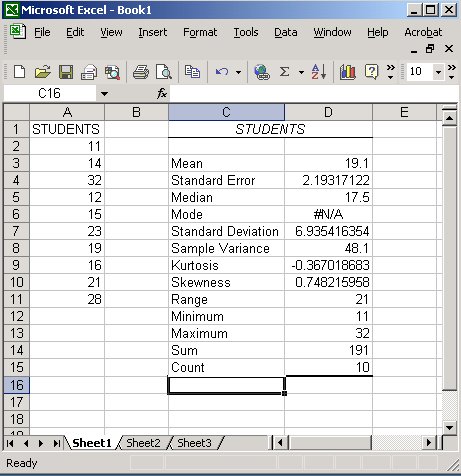
If you want to create histograms in Excel, you’ll need to use Excel 2016 or later. Earlier versions of Office (Excel 2013 and earlier) lack this feature. In a nutshell, frequency data analysis involves taking a set of data and trying to determine how often that data occurs. Histograms make it easy to take this type of data and display it in an Excel chart.įor example, you might be looking to take a set of student test results and determine how often those results occur, or how often the results fall within certain grade limits. You can do this by opening Microsoft Excel and selecting your data. You can select the data manually or by selecting a cell within your range and pressing Ctrl + A on your keyboard. With your data selected, choose the “Insert” tab on the ribbon bar. The various chart options available to you will be listed in the “Charts” section in the middle.Ĭlick on the “Insert Statistical Plot” button to see a list of available plots. This will insert a histogram chart into your Excel spreadsheet.
#How do i create a histogram in excel 2016 how to
MAKE A HISTOGRAM IN EXCEL 2016 MAC HOW TOĮxcel will try to determine how to format your chart automatically, but you may need to manually make changes after inserting the chart. Once you’ve inserted a histogram into your Microsoft Excel spreadsheet, you can make changes by right-clicking on the chart’s axis labels and pressing the “Format Axis” option.Įxcel will try to determine the bins (groupings) to use for your chart, but you may need to change this yourself.

For example, to get a list of 100 student test results, you might want to group the results into grade boundaries that appear in groups of 10. You can leave Excel’s bin grouping option intact by leaving the “By Category” option in the “Format Axis” menu on the right untouched.

However, if you want to change this setting, switch to another option.įor example, “By Category” will use the first category in your data range to group data. To get a list of student test results, this would separate each result by student, which would not be as useful for this type of analysis. With the “Bin Width” option, you can combine your data into different groups. Referring to our example of student quiz results, you can group them into groups of 10 by setting the “Bin Width” value to 10.īottom axis ranges start with the lowest number.

The first location grouping, for example, is displayed as “»While the largest range ends with»”Even though the maximum number of test result is still 100. The “Number of Bins” option can work in a similar way by setting a firm number of bins to display on your chart. Setting 10 bins here, for example, would also group the results into groups of 10.


 0 kommentar(er)
0 kommentar(er)
